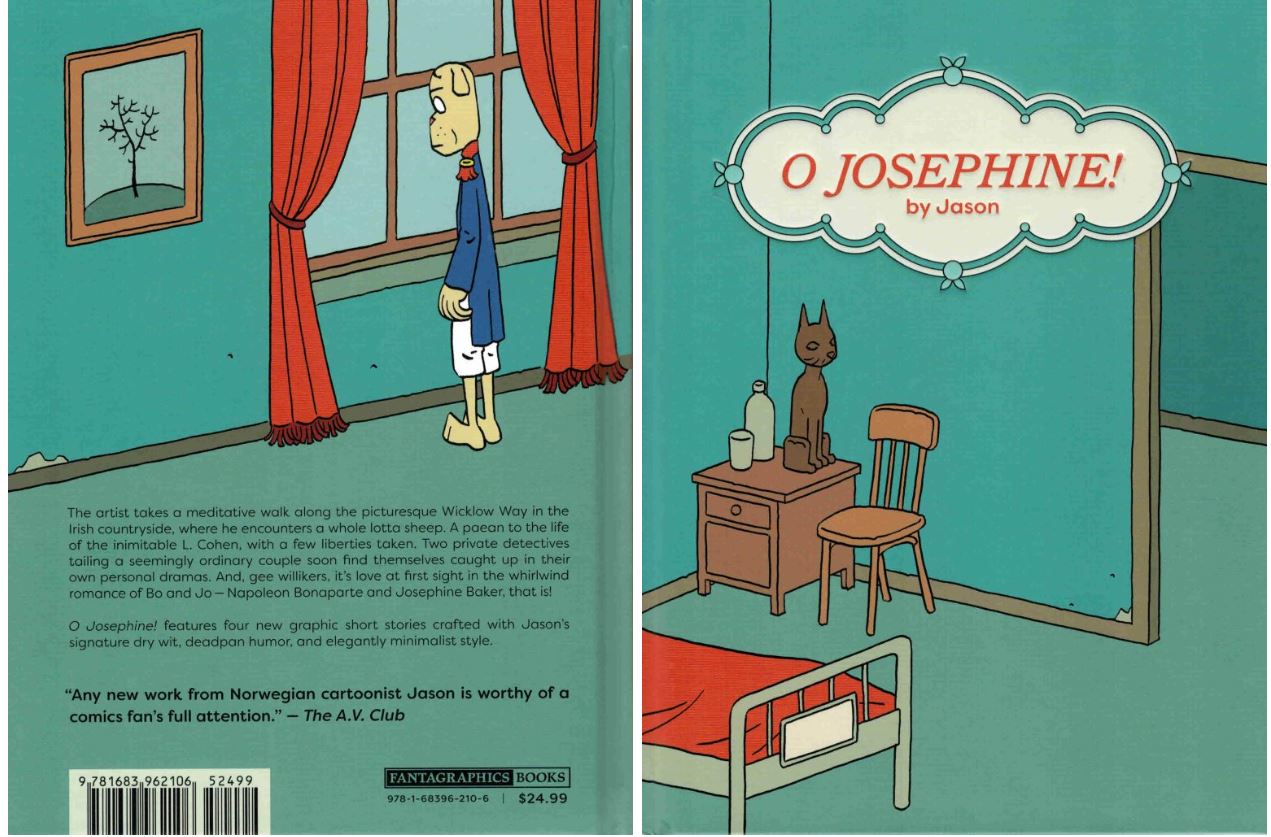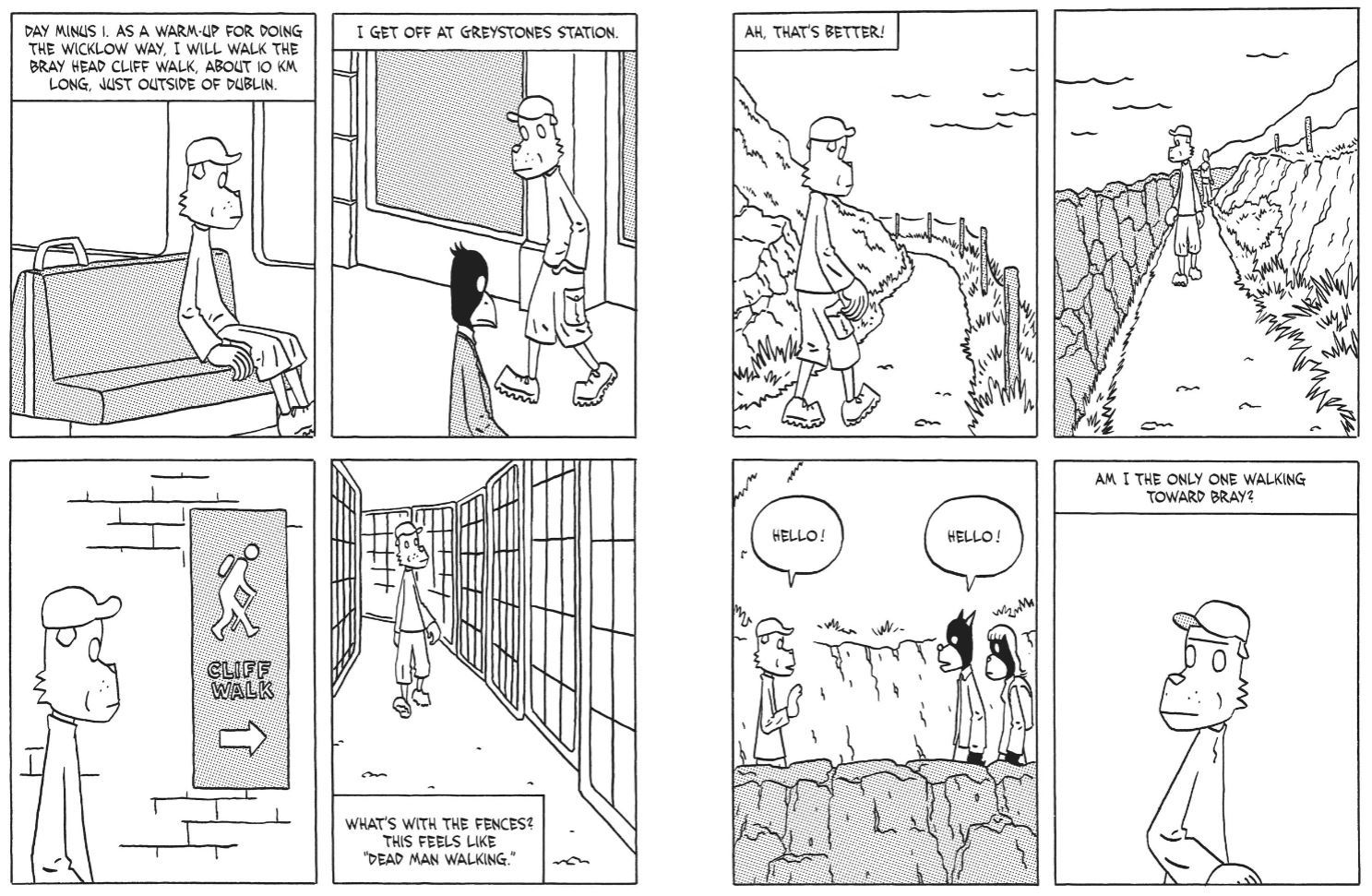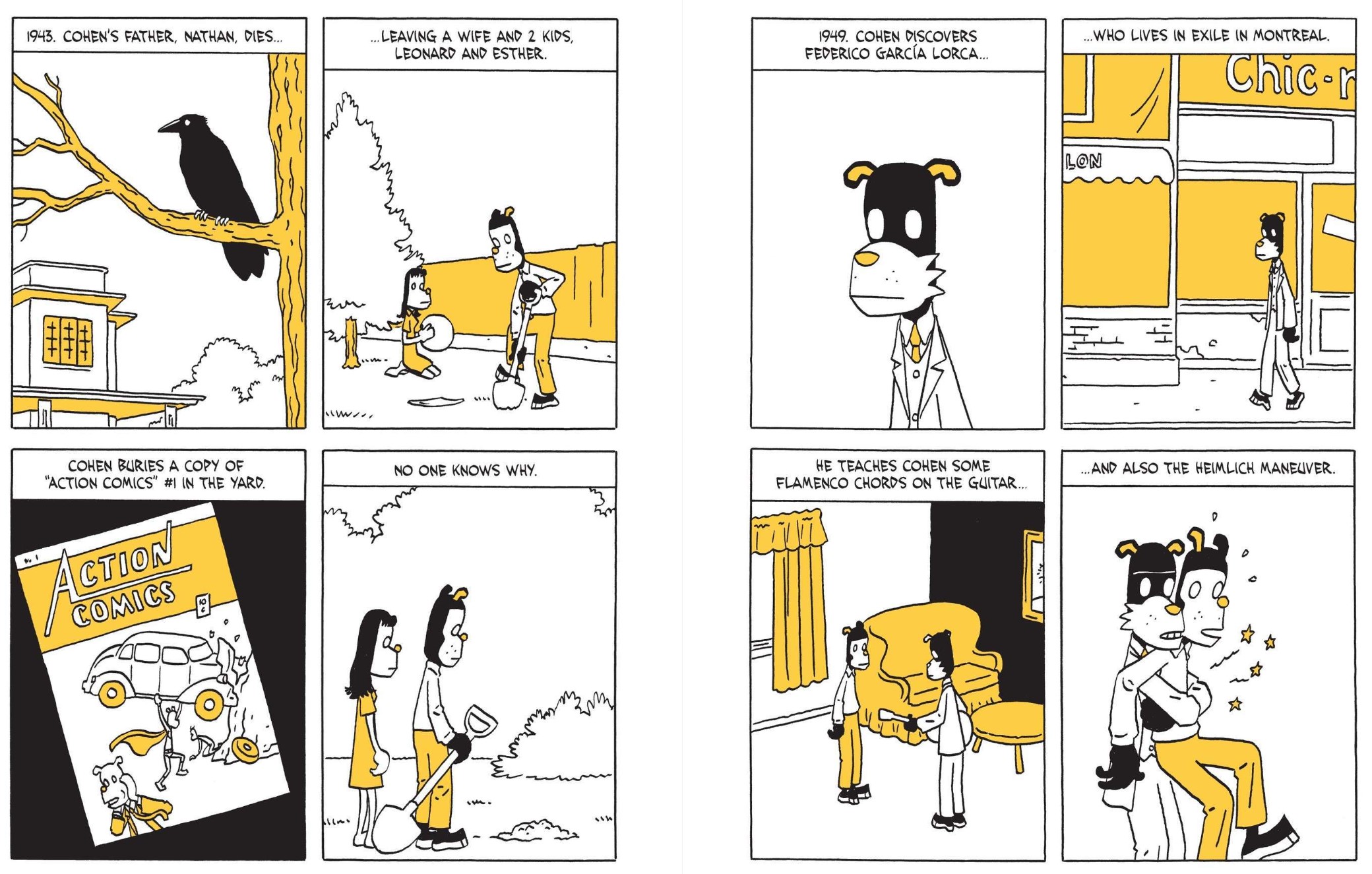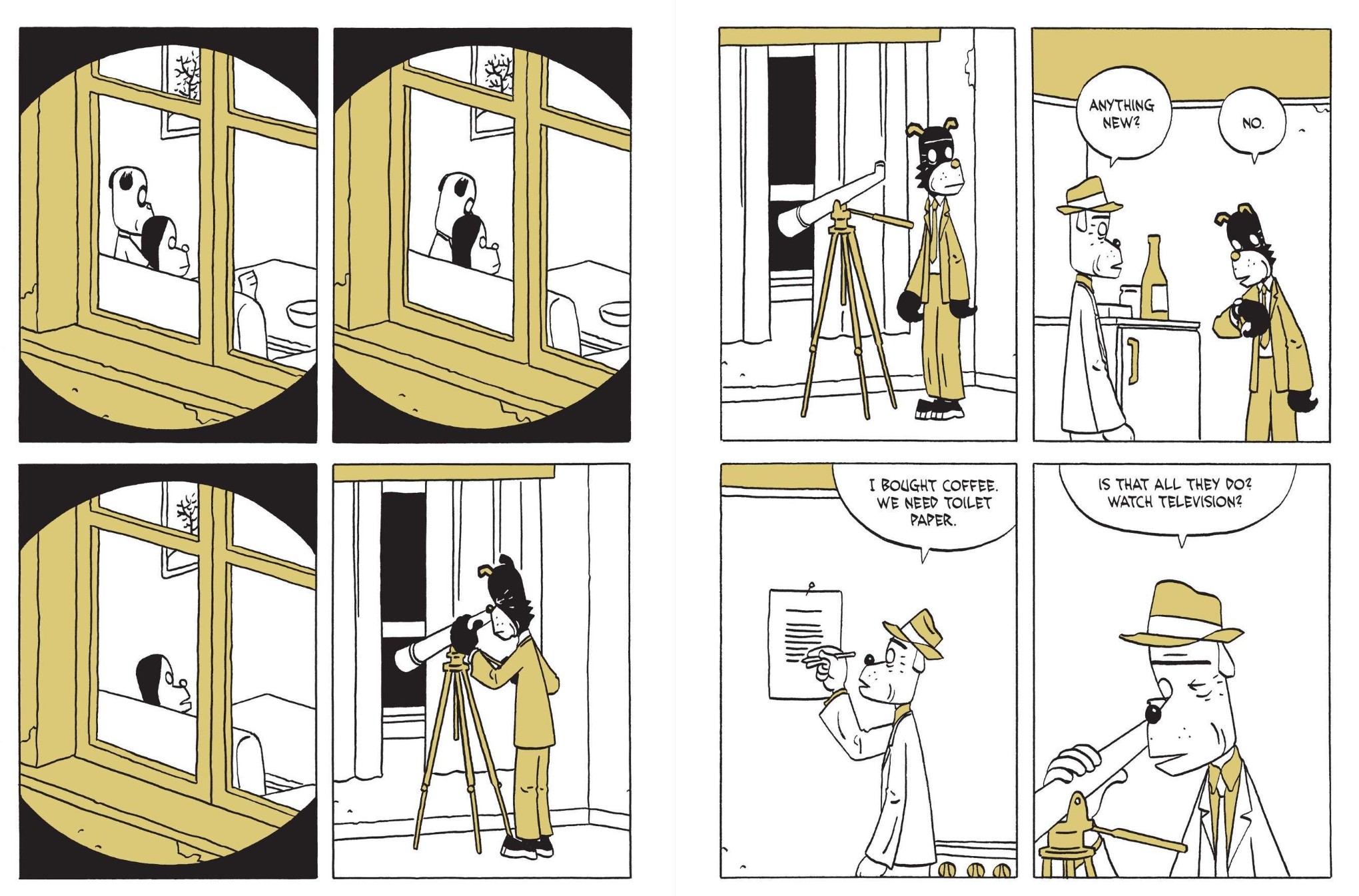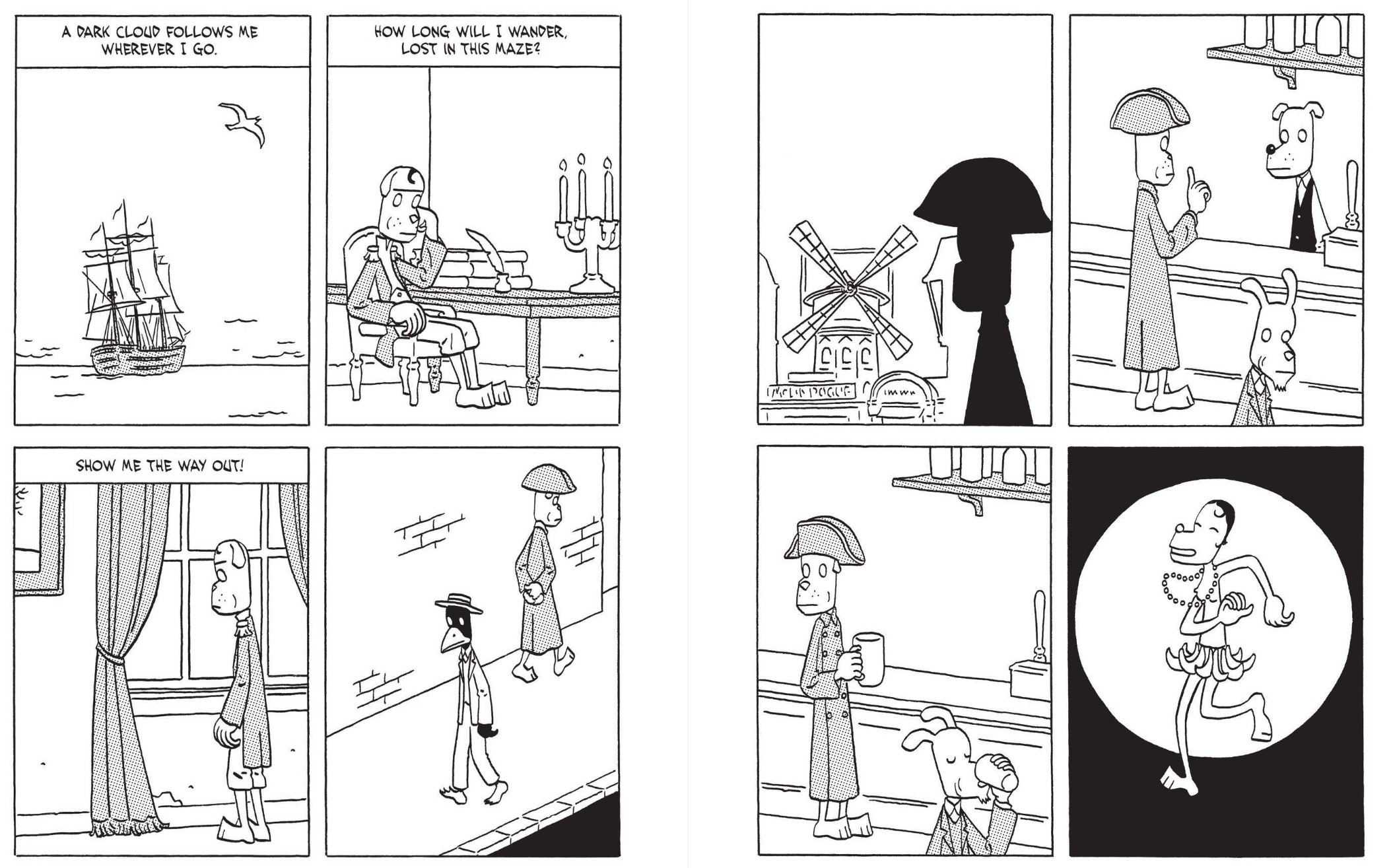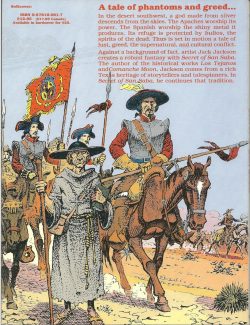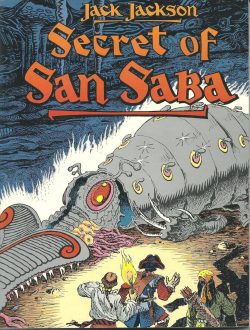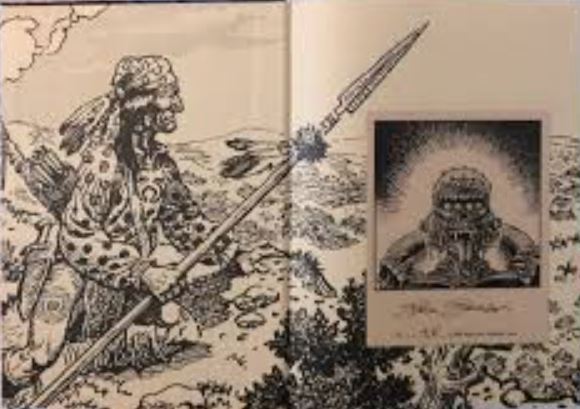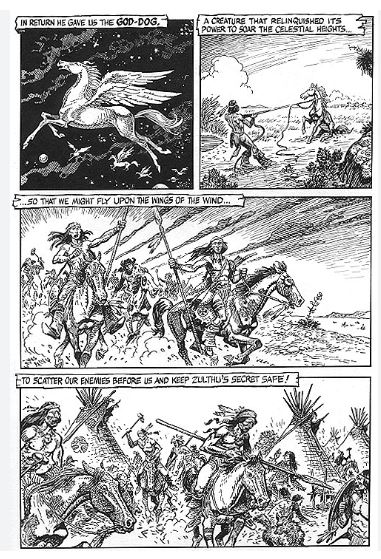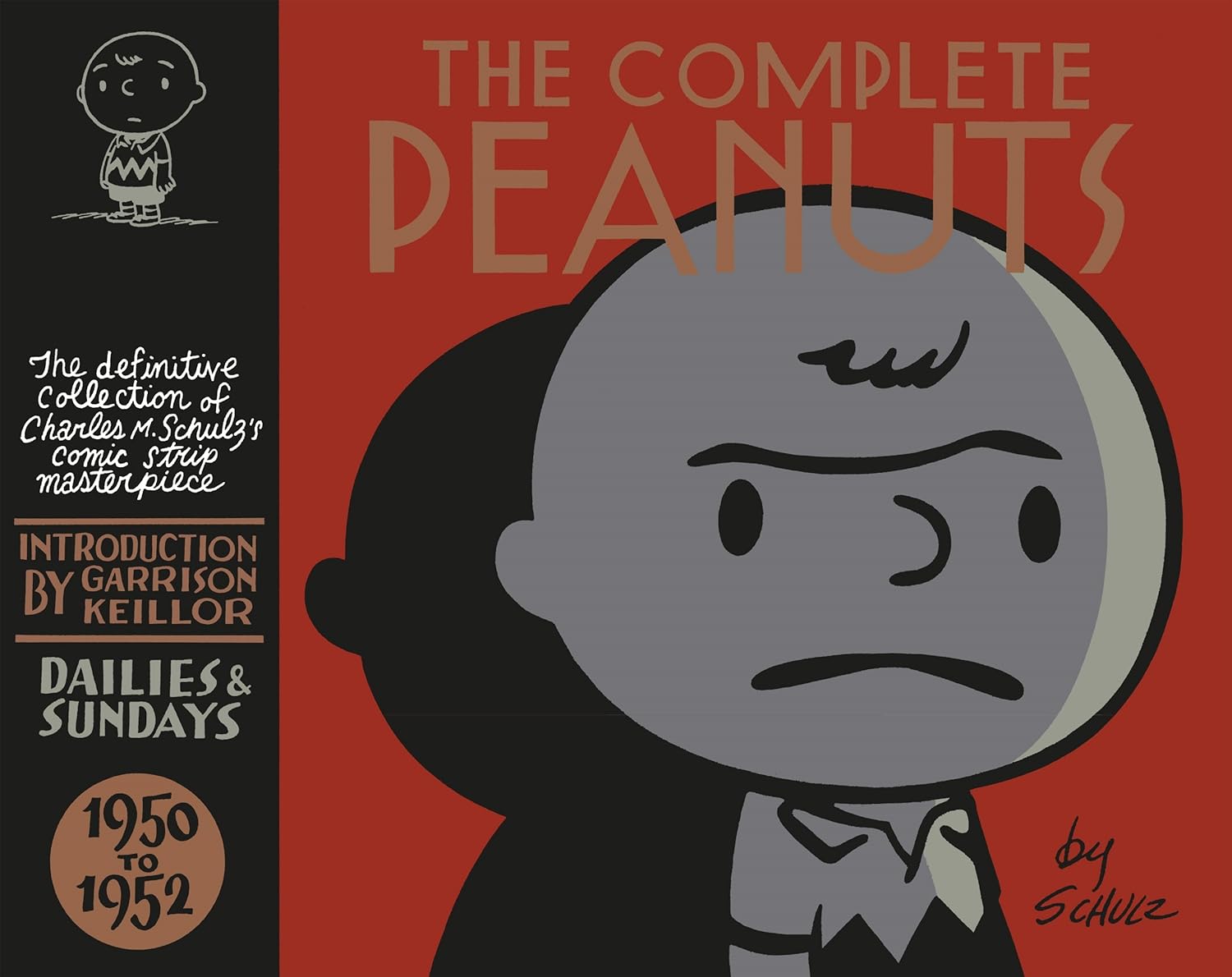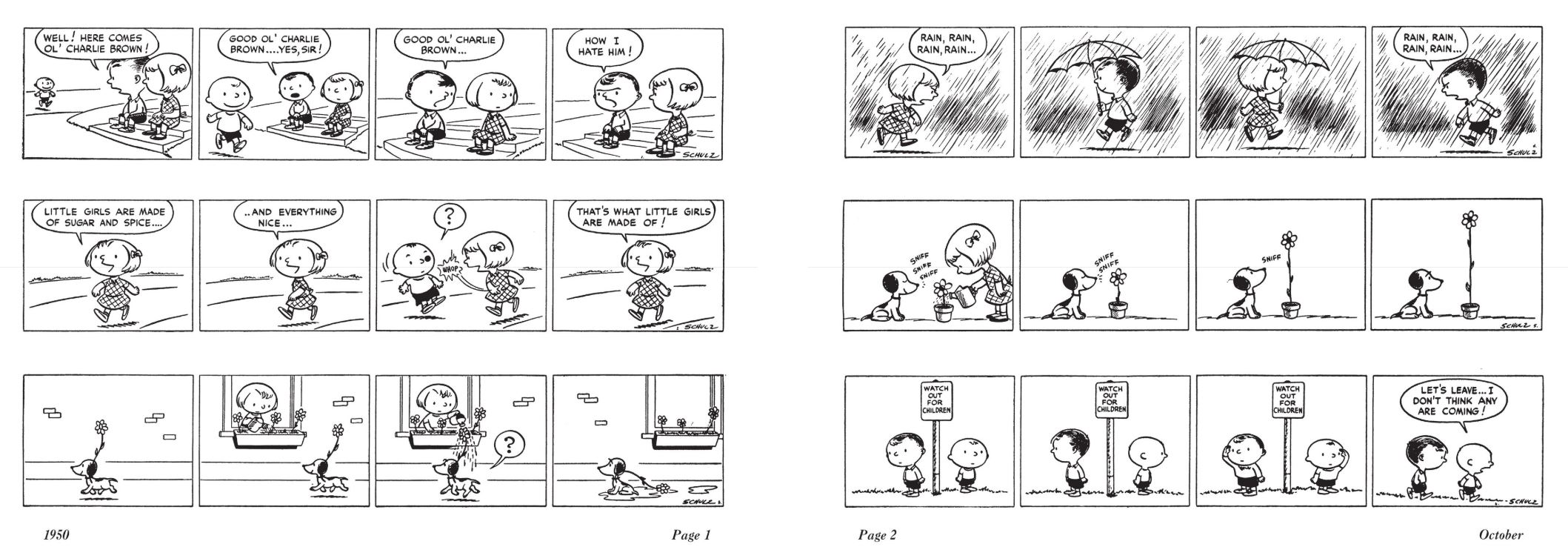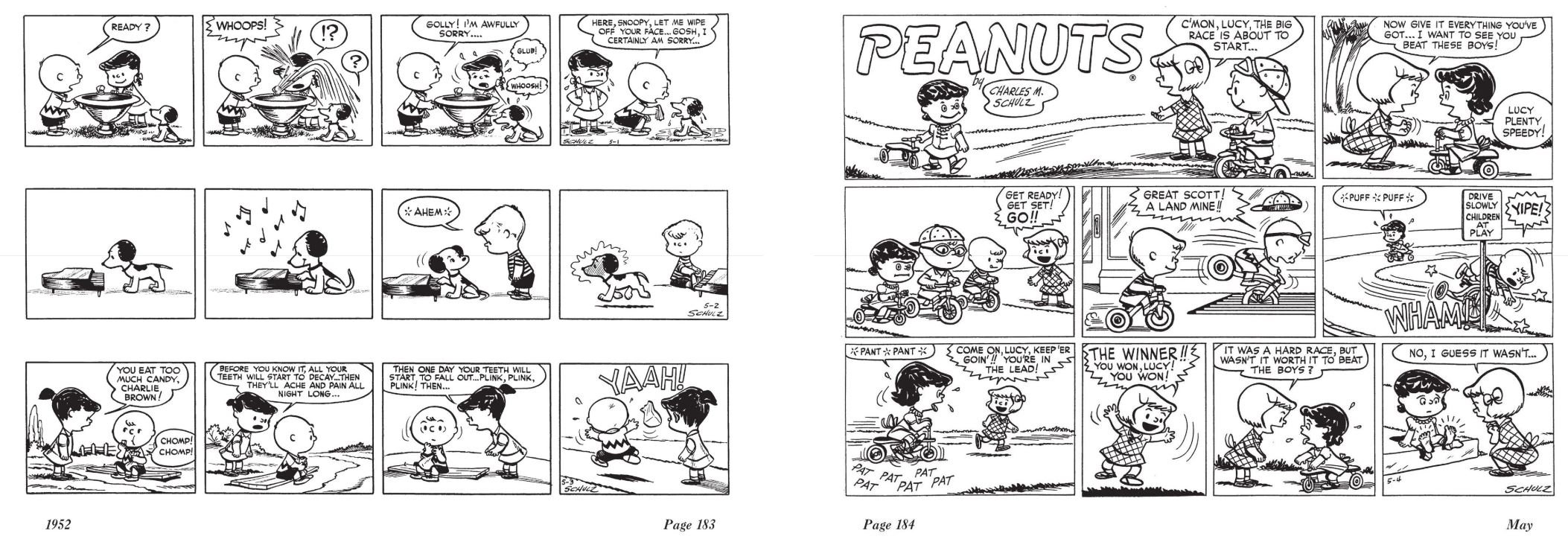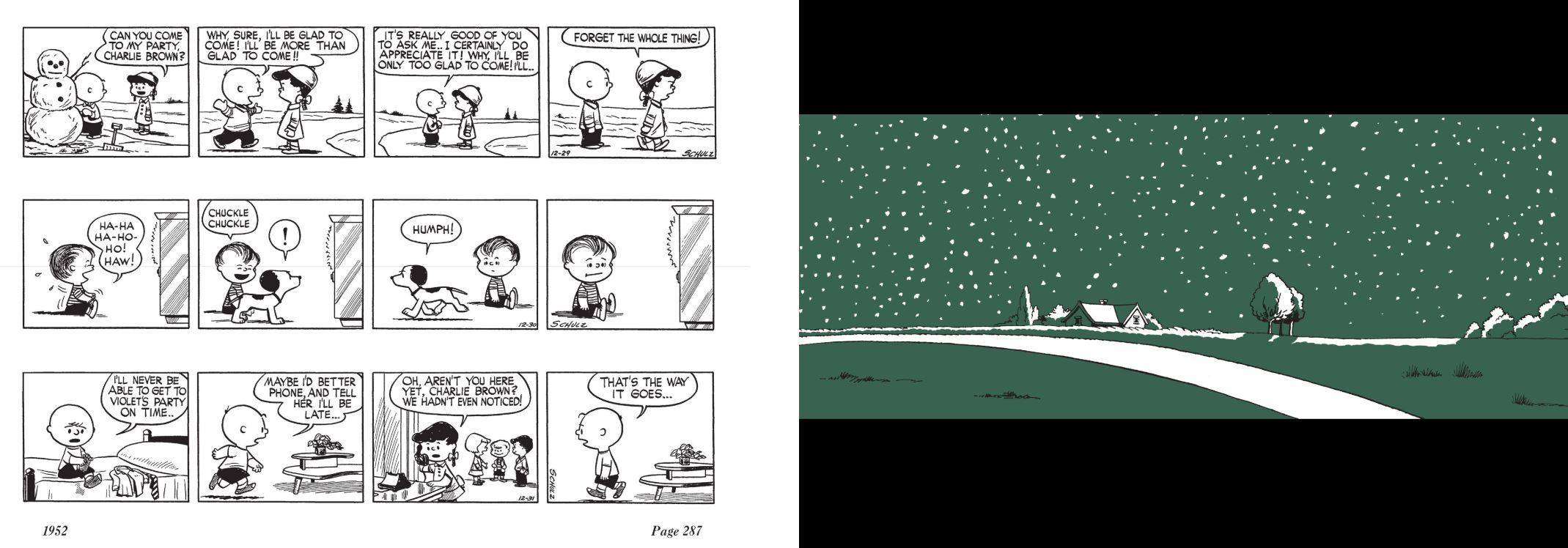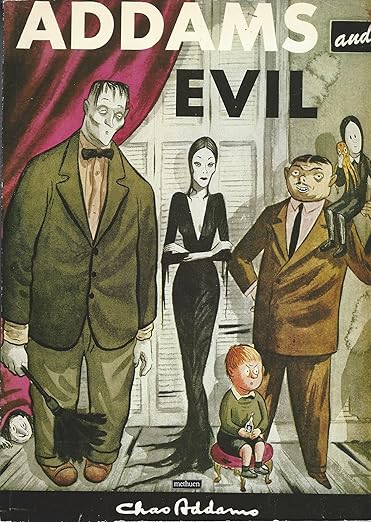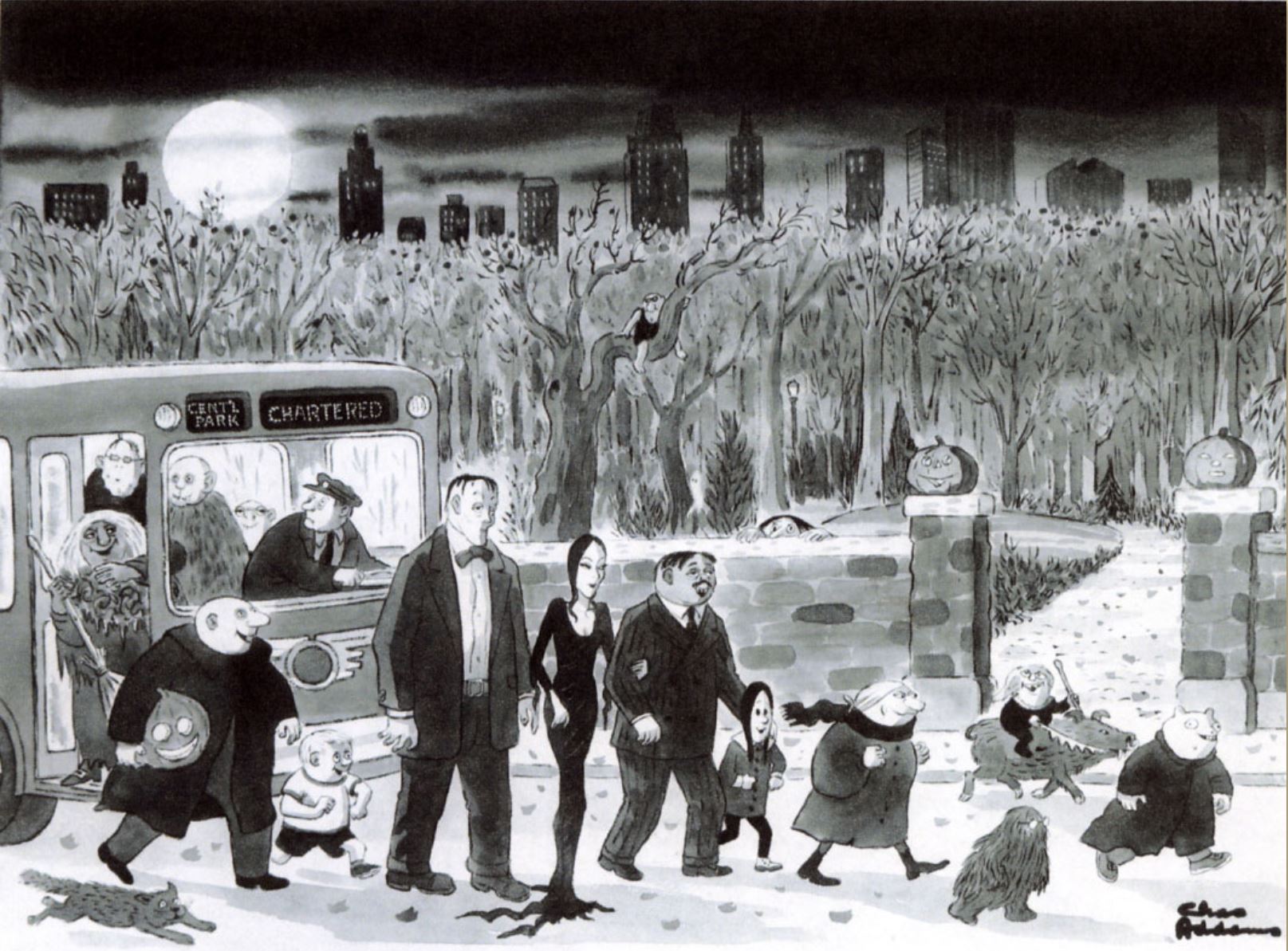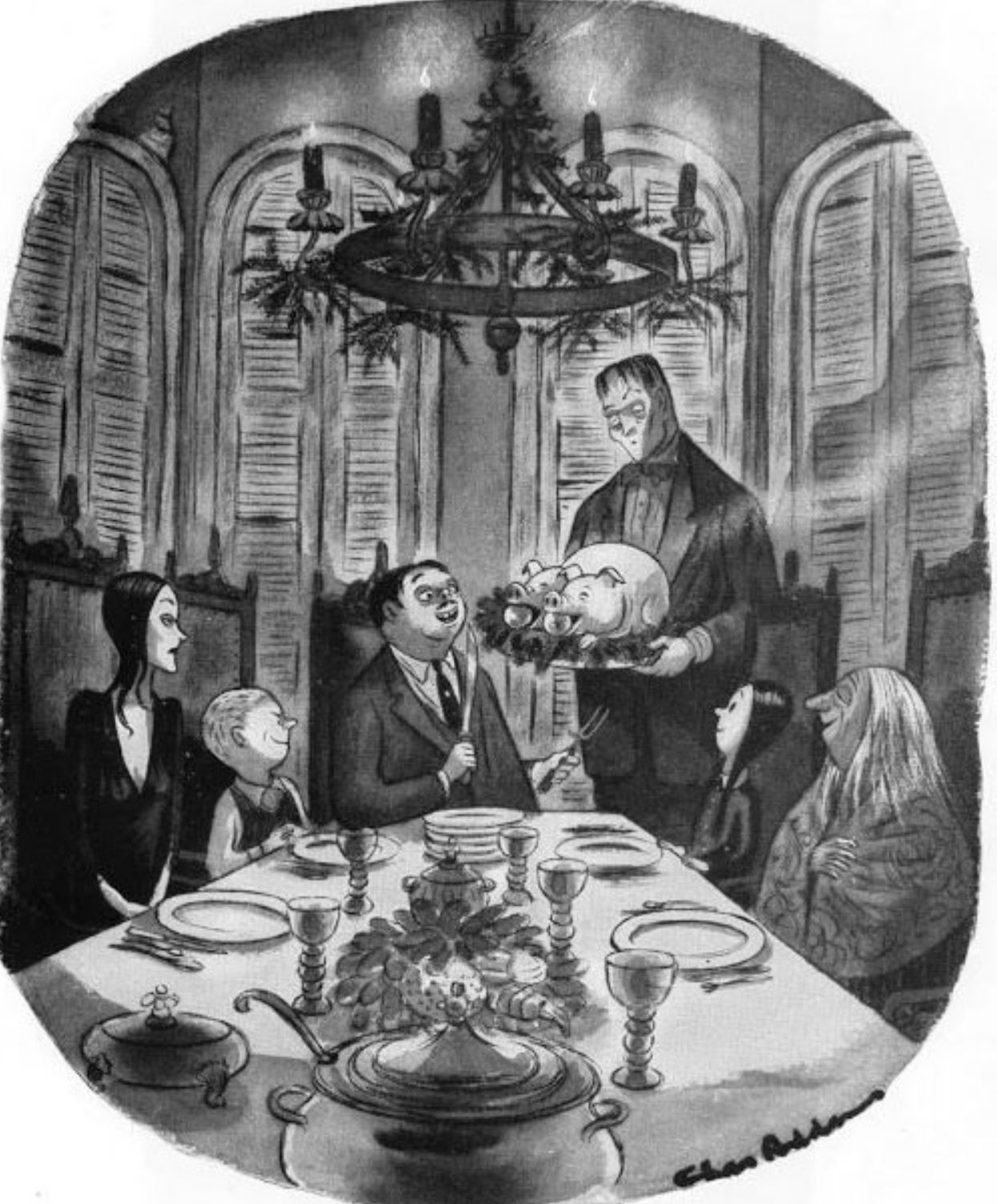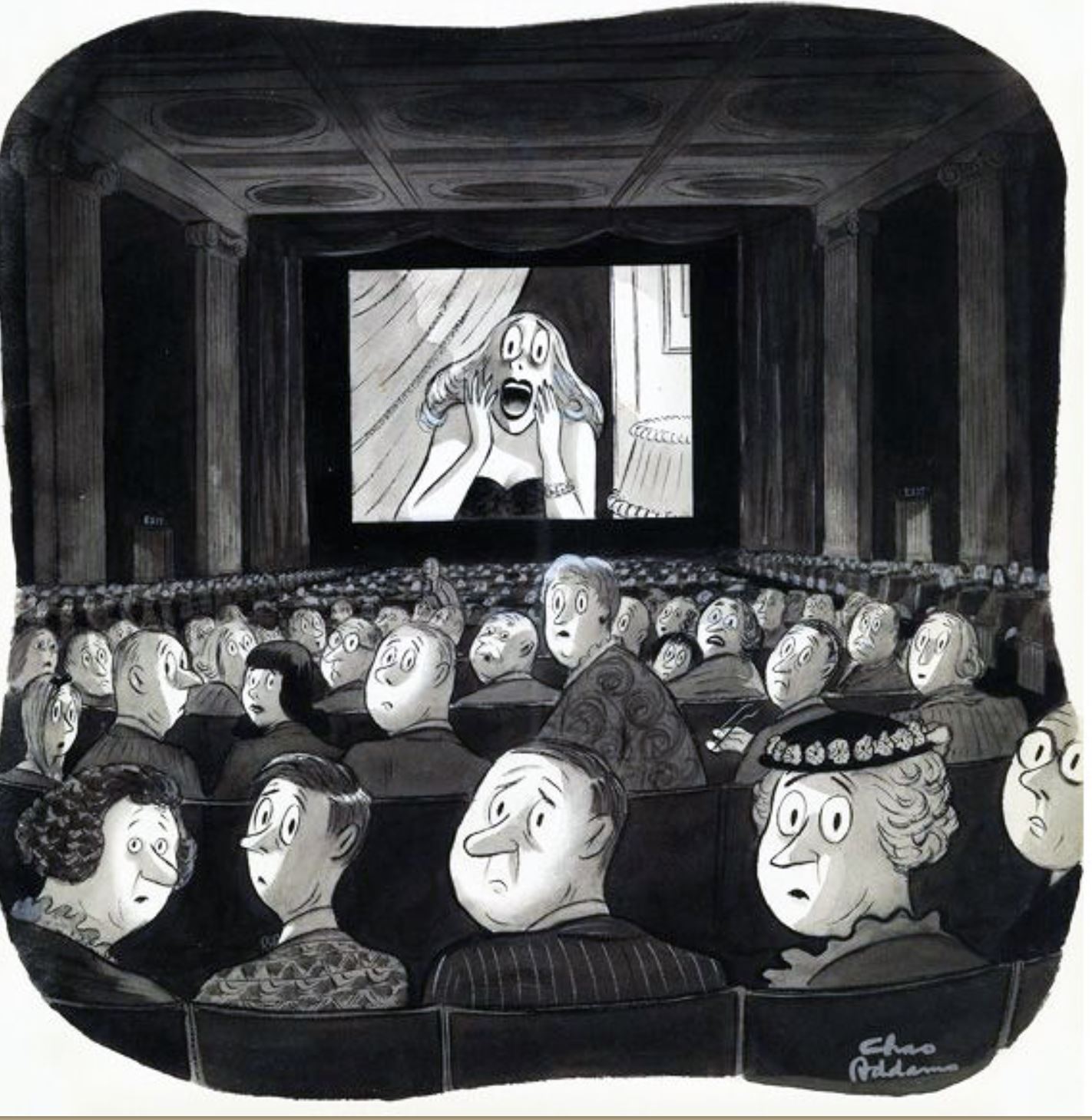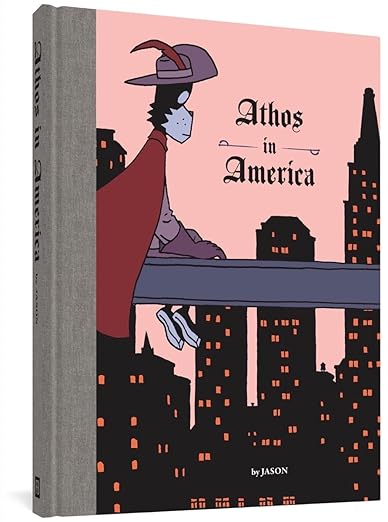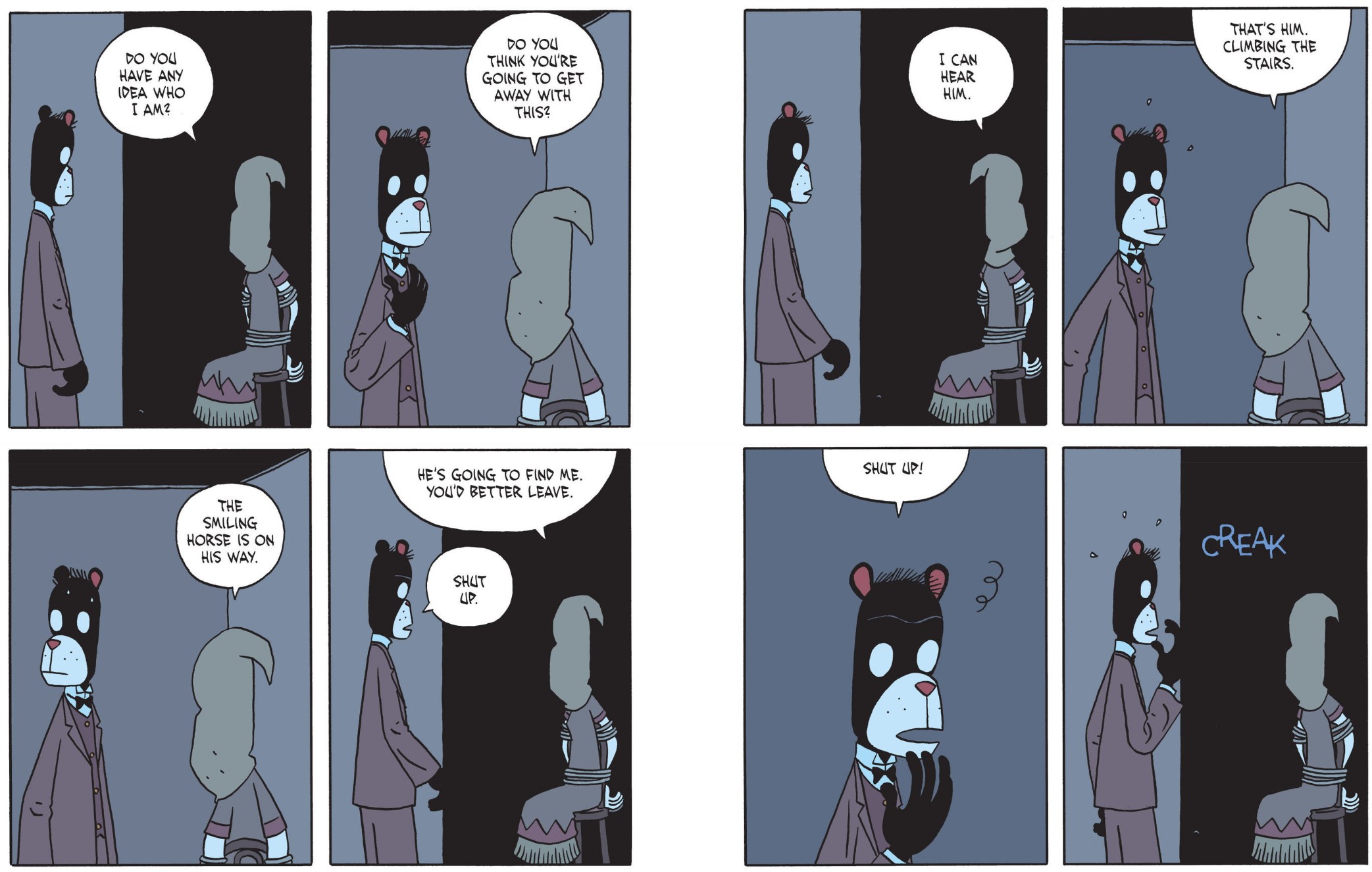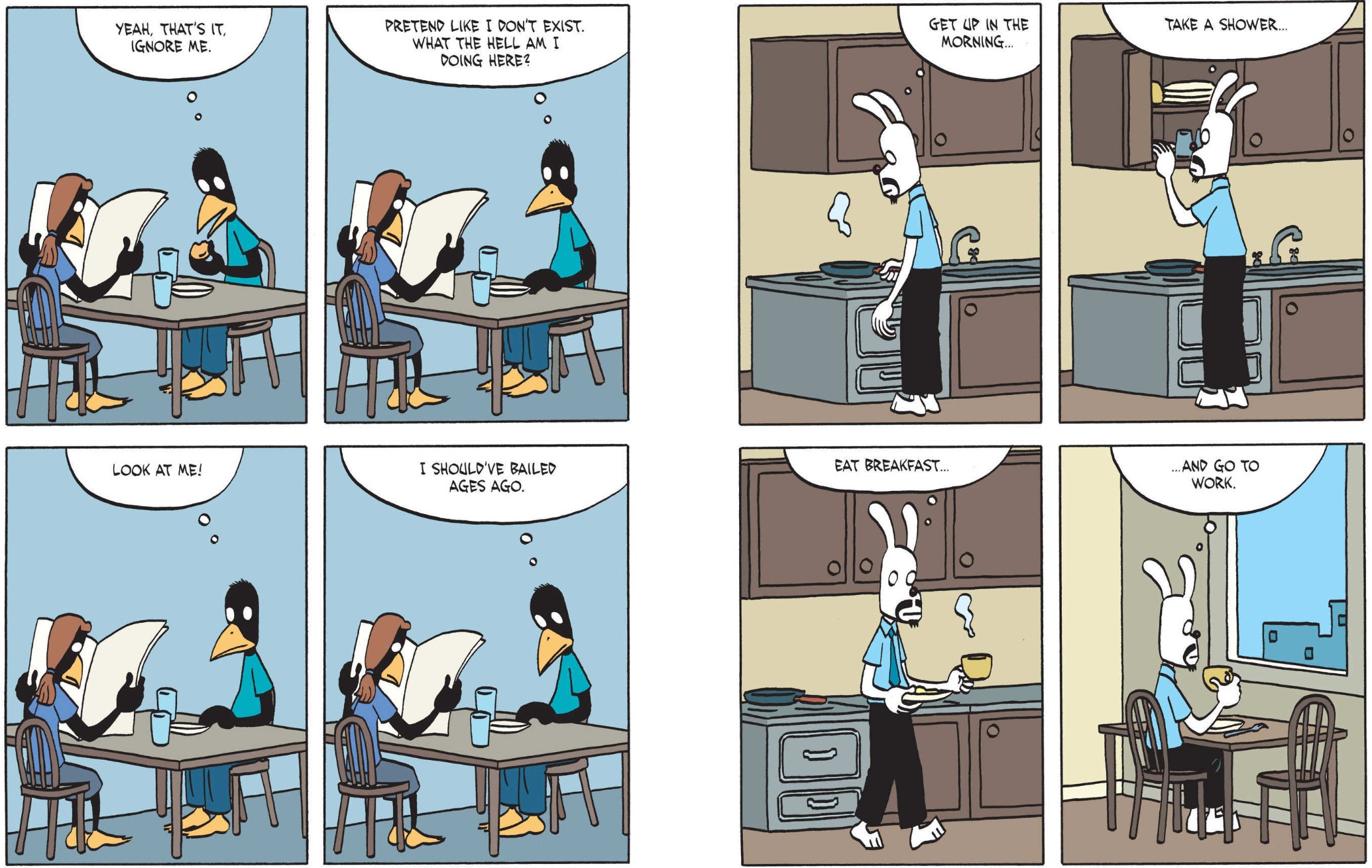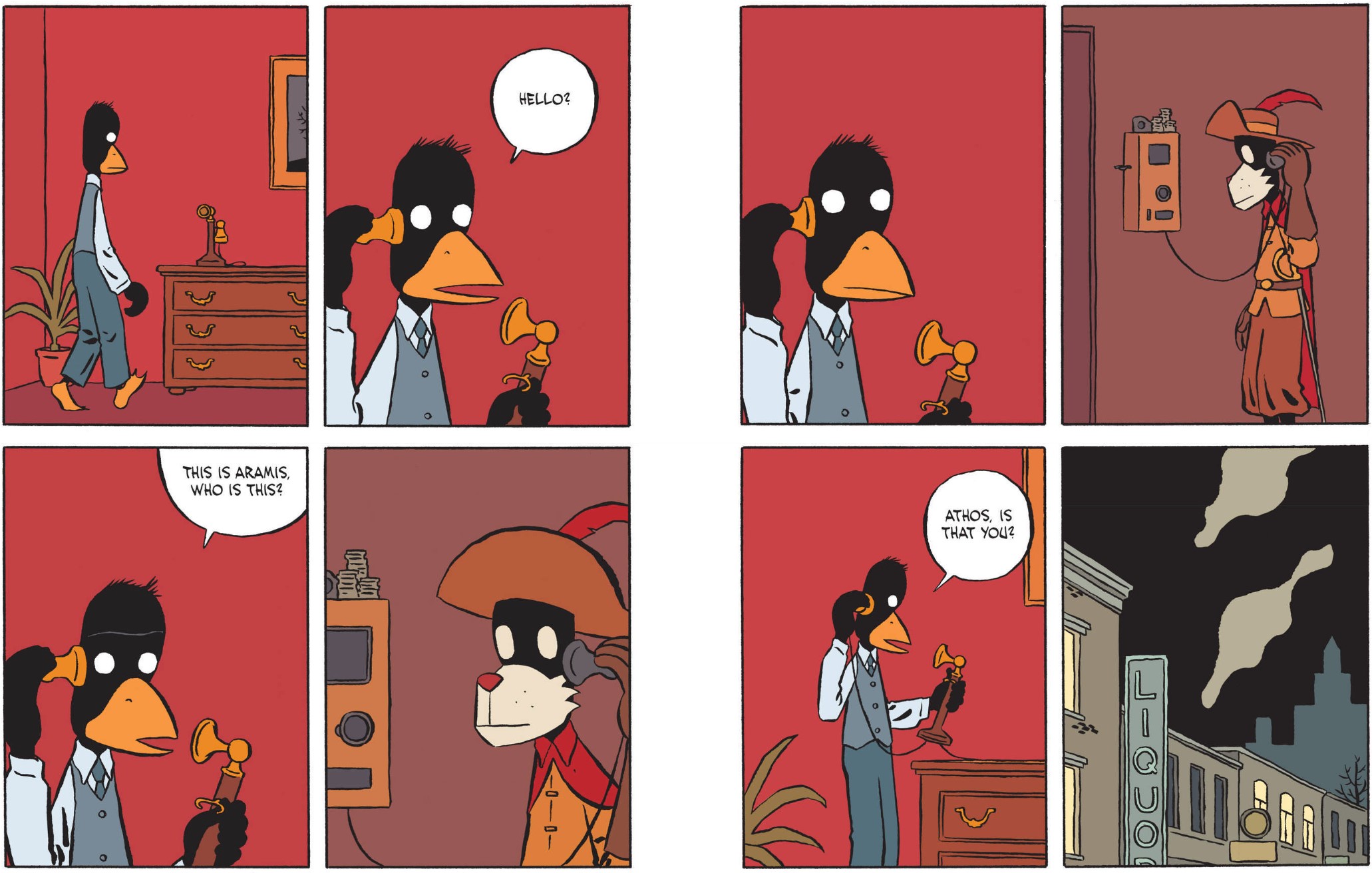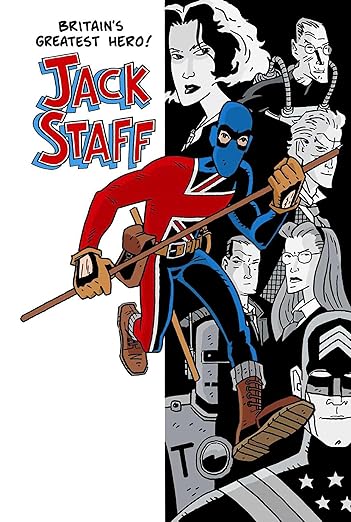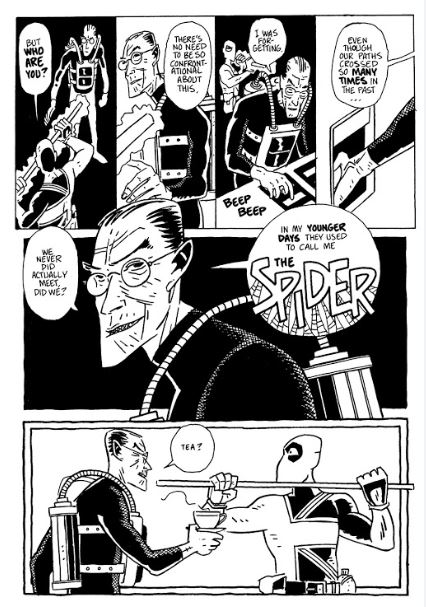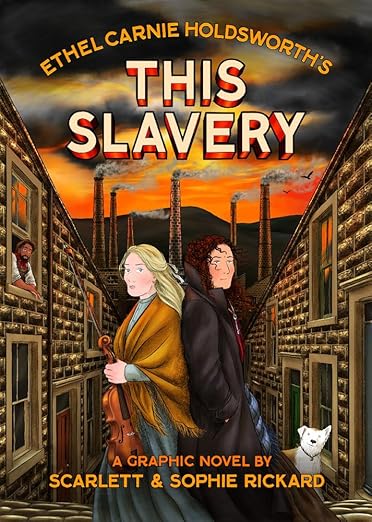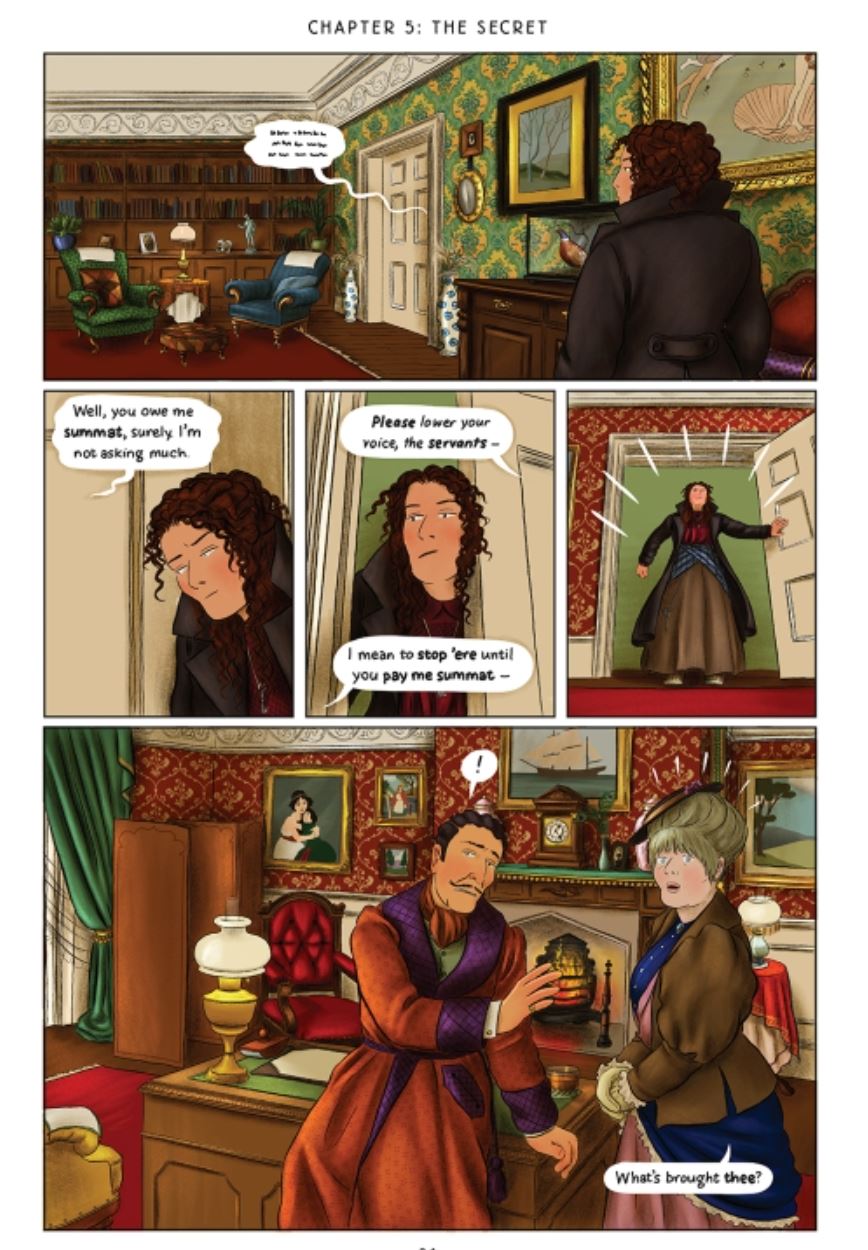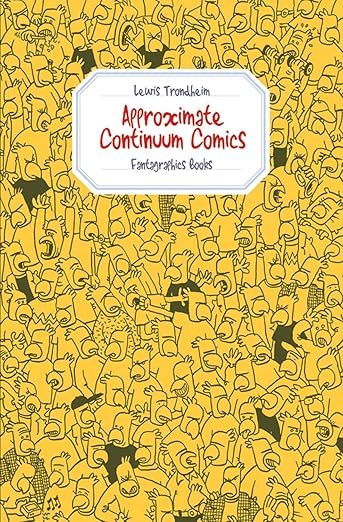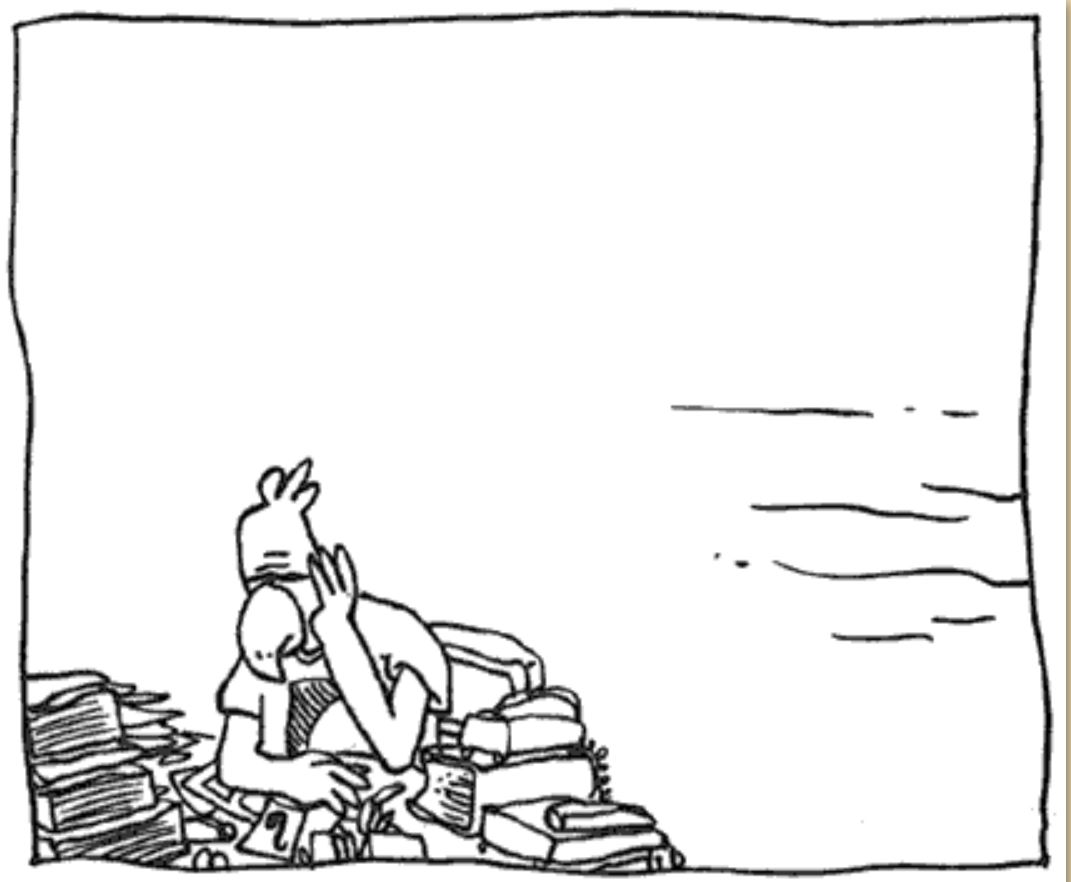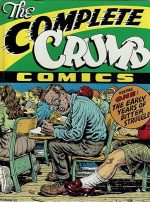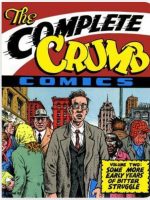
By Charles Addams (Simon & Schuster)
ISBN: 978-1-43910-356-2 (PB/Digital edition)
This book includes Discriminatory Content produced in less enlightened times. It also has Discriminatory Content included for comedic and satirical effect.
Cartoonist Charles Samuel Addams (1912-1988) was a distant descendant of two American Presidents (John Adams & John Quincy Adams). He compounded that hereditary infamy by perpetually making his real life as extraordinary as his dark, mordantly funny drawings.
Born into a successful family in Westfield, New Jersey, the precocious, prankish, constantly drawing child was educated at the town High School, Colgate University, the University of Pennsylvania, and New York City’s Grand Central School of Art, and apparently spent the entire time producing cartoons and illustrations for a raft of institutional publications.
In 1932 he became a designer for True Detective magazine – “retouching photos of corpses” – and soon after started selling drawings to The New Yorker. In 1937, at the peak of popular fascination in cinematic and literary horror stories, he began a ghoulish if not outright macabre sequence of family portraits that ultimately became his signature creation. However, during WWII, he toned down the terror and served with the US Signal Corps Photographic Center, devising animated training films for the military.
Whether Addams artfully manufactured his biography to enhance his value to feature writers or was genuinely a warped and wickedly wacky individual is irrelevant, although it makes for great reading – especially the stuff about his wives – and, as always, the internet is eager to be your informative friend…
What is important is that in all the years he drew and painted those creepily sardonic, gruesome gags and illustrations for The New Yorker, Colliers, TV Guide and so many others, he beguiled and enthralled his audience with a devilish mind and a soft, gentle approach that made him a household name long before television turned his characters into a hit. This was a substantial part of what generated the craze for monsters and grotesques that lasts to this day. That eminence was only magnified once the big screen iterations debuted. And now we have streaming fun too. He would have loved the sheer terrifying inescapability of it all…
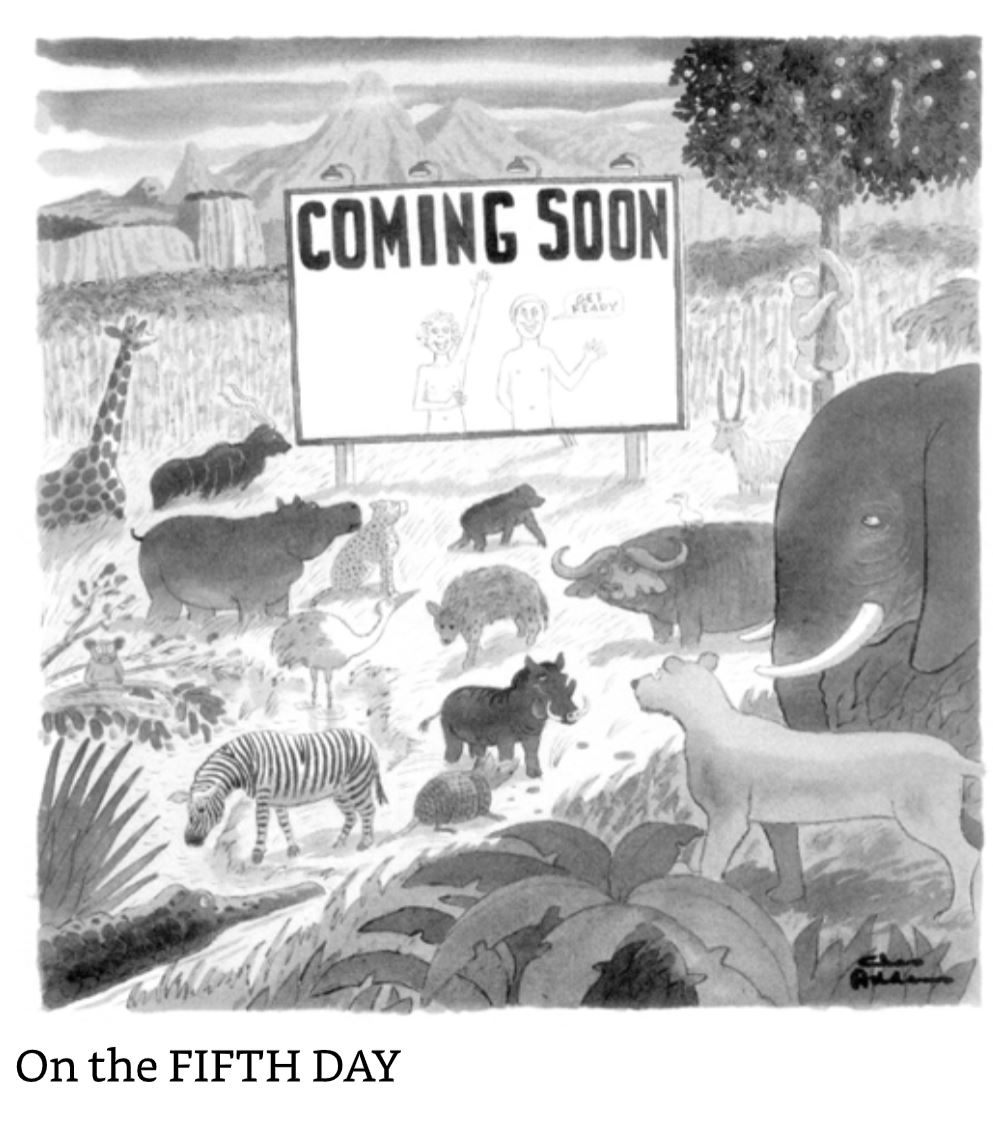
As he worked on unto death, Addams got even wackier: marrying his third wife in a pet cemetery, spending an absolute fortune collecting weapons and torture devices – “for reference don’cha know” – and inventing… recipes…
There will be more on that last one another time but what really matters is that older collections of his oeuvre are finally being unearthed. This one – compiled from Addams’s personal archive, with many previously unpublished gems, explores the widest gamut of emotion, from ecstatic love to disappointed affection to murderous obsession. It’s a creepy corker demonstrating that love really does hurt…
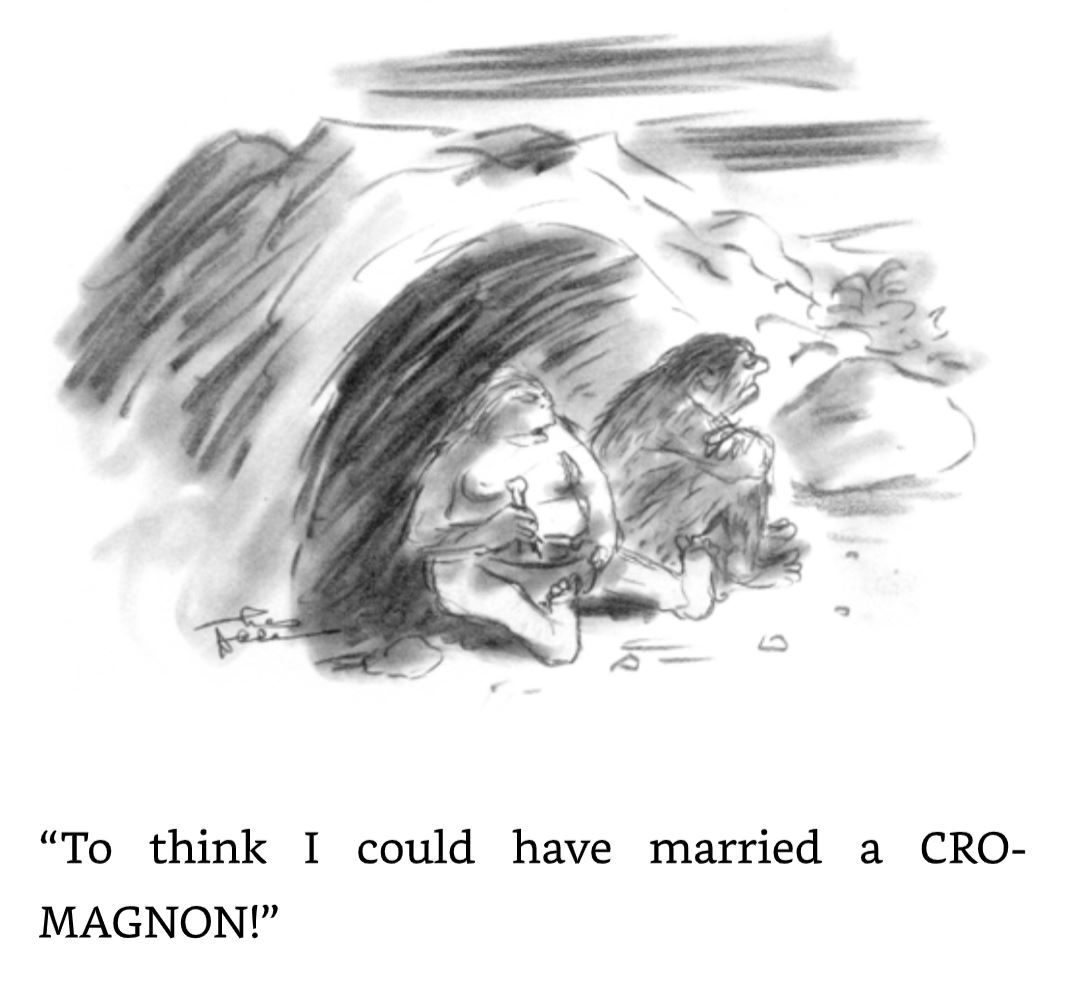
Chas Addams Happily Ever After: A Collection of Cartoons to Chill the Heart of You opens in full scholar mode with ‘Chas Addams’ a photo-essay appreciation by H. Kevin Miserocchi, backed up by an explanation of the work of the ‘Tee and Charles Addams Foundation’ – remembering of course that the Tee here is his truly kindred spirit third wife Marilyn Matthews Miller-Addams (1926–2002).
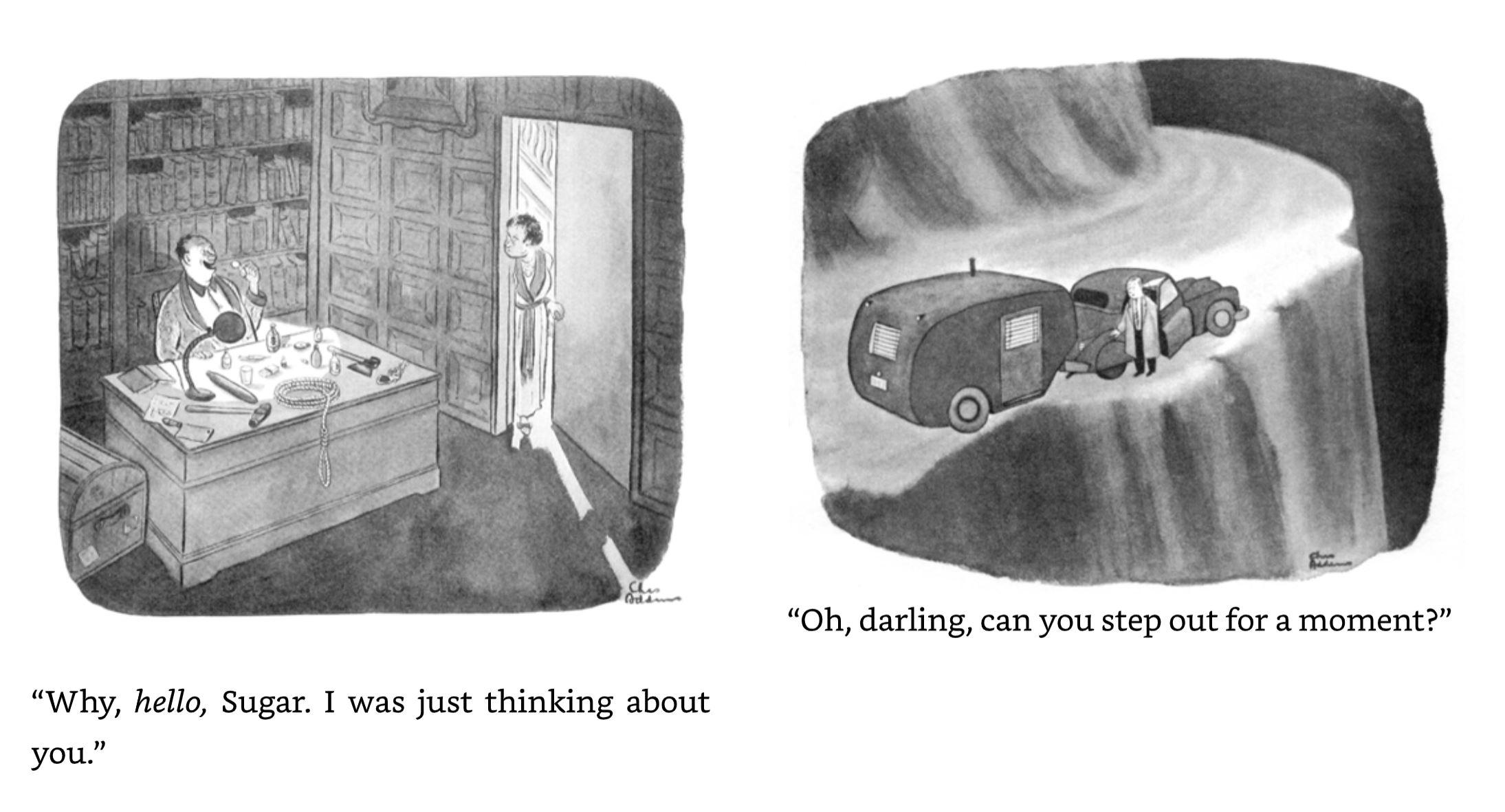
Then the cartoon carnival commences with early works as ‘In the Beginning’ sets the cultural scene with crime, terror, murder and the ever-lurking supernatural before the remainder of the perilous pictorium offers insights into what used to be called “the war of the sexes”. This socially sensitive selection judiciously deals even handedly with ‘His Side’ and ‘Her Side’ before going on to test ‘His Resolve’ and ‘Her Resolve’…
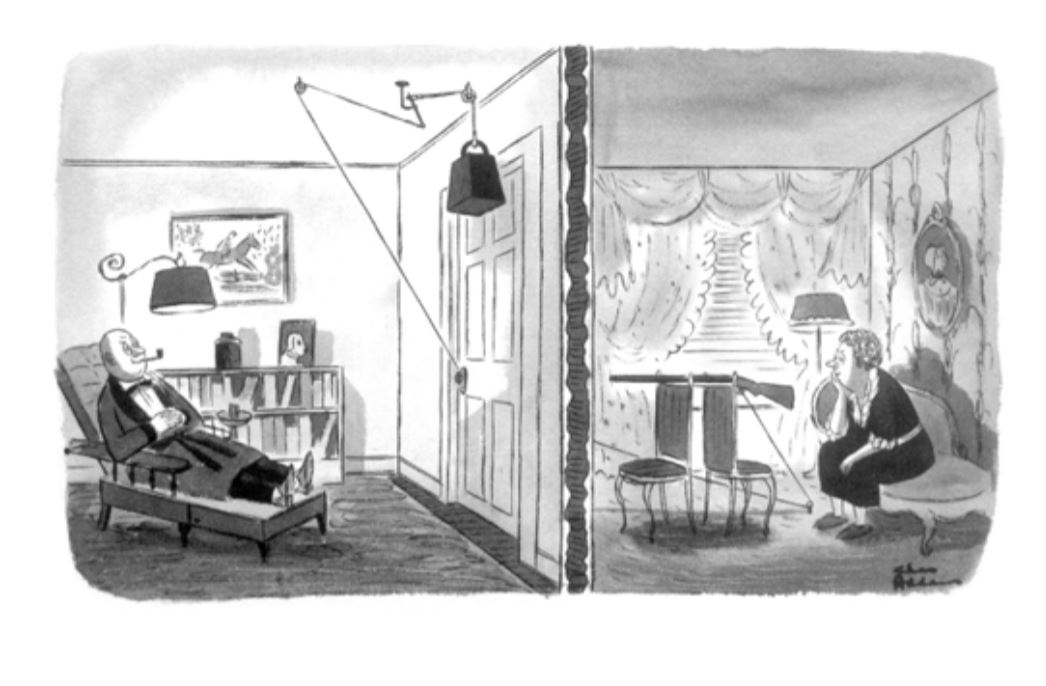
The matter is naturally settled in revelatory style with ‘The Final Score’…
For clarity and pure knowledge this hilariously judgemental tome closes with a full list of ‘Dates of First Publication’ and the happy confirmation that a goodly proportion of the gags are new/unpublished until this time.
Should you not be as familiar with his actual cartoons as with the big and small screen legacy Addams unleashed, you really owe it to yourself to see the uncensored brilliance of one of America’s greatest humourists. It’s dead funny…
© 2006 by Tee and Charles Addams Foundation. All rights reserved.
Today in 1897 English writer & cartoonist Charles Henry Ross died. He’s one of the chaps accused of inventing comics with his disreputable rogue Ally Sloper. The closest we’ve got yet to exposing that rapscallion was in Great British Comics.

